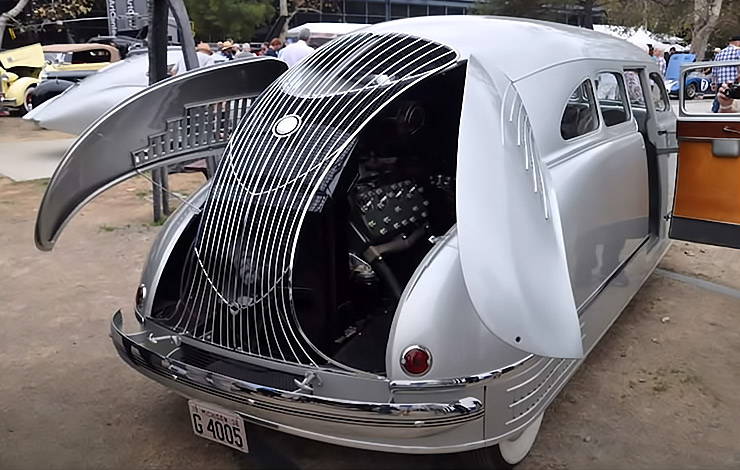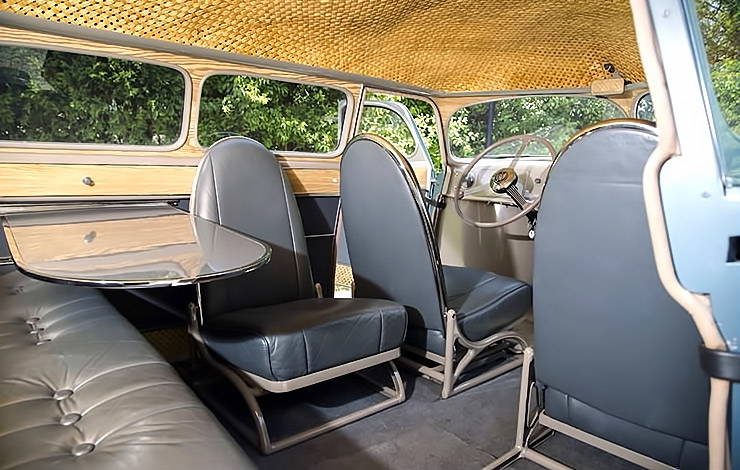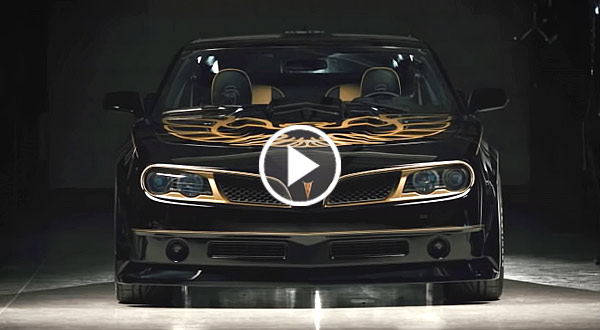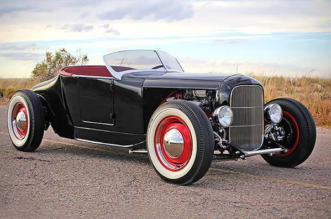According to automotive historians, the 1936 Stout Scarab was the first production minivan.
In the 1930s, many of America’s most prestigious cars were advertised in the successful business monthly FORTUNE, which began at the dawn of the depression in February 1930. A typical mid-1930s issue might have full-color ads for Pierce-Arrow, Packard, Lincoln, and Cadillac. But, in November 1935, an ad appeared for a rather unusual, if not outlandish automobile called the Scarab.
–
The prophecy in the ad predicted the new Stout Scarab would set all future styles in motor cars. The manufacturer forecasted that an array of features, exclusive to the Scarab, would be adopted by all car makers within three years.
–
–
The main sensation of the Scarab was its rear engine, rear-wheel-drive and streamlined unit body. Stout thought the engine should be in the rear since that was where the weight was needed, especially in the winter. This also eliminated the driveshaft, enabling the car’s floor to be lower and increasing the room inside it.
Stout maintained this also put the center of weight below the point of support, thus letting the car bank (instead of roll) at sharp curves. The front of the Stout Scarab was lightened for better steering and better passenger comfort.
The Stout Scarab was powered by an 85-horsepower Ford flathead V-8, mated to a three-speed manual transmission. It could accelerate from 0–60 mph in 15 seconds and had a top speed of about 80 mph. Inside, only the driver’s seat was fixed. The others could be turned up to 180 degrees to face each other, and there was a fold-down table for meals or to play games. When the Scarab was displayed in 1935 and 1936, many people asked, “Which way is it going?” as they stared at the dramatically different automobile. By 1940, however, many of the car’s styling innovations and gadgets were incorporated into mass-produced cars.Stout Scarab production was limited and planned to be around 100, each priced at $5,000. Actually, only nine were built and sold. In 1948, Stout retired to Phoenix, Arizona. There, he continued to experiment with revolutionary ideas until his death in 1956. An inventor and futurist believing in change, if Stout were alive today, he would be pleased with vehicles like mini-vans. They are what he had in mind when he designed and built his dream car… the Scarab.































Facebook Comments